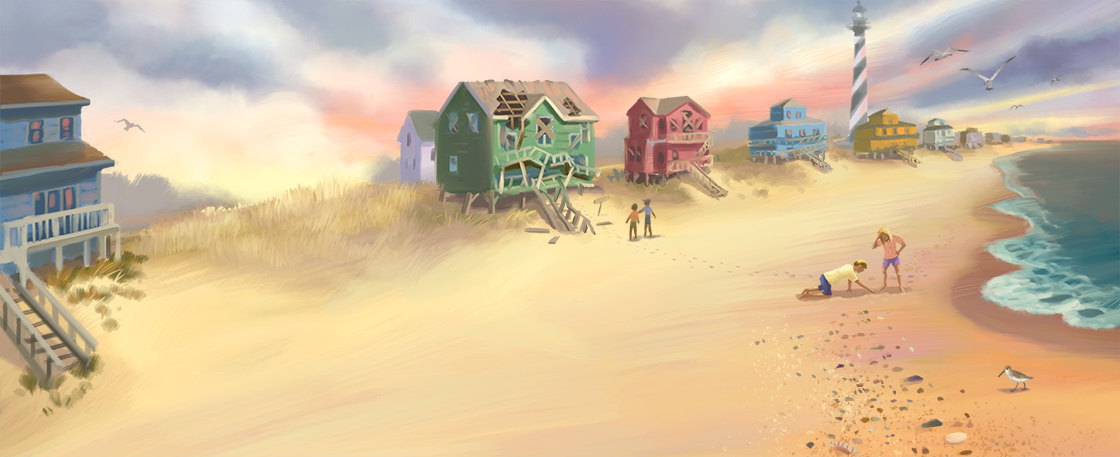It’s worth discussing with students that because of the devastating weather events of the past year, many families’ vacation destinations may be or may look quite different this year. Can you, or anyone in your class, relate to this?

In this dramatic short story, students will analyze key ideas and details to figure out the theme as well as the lesson the main character learns.
Learning Objective: In this dramatic short story, students will analyze key ideas and details to figure out the theme as well as the lesson the main character learns.
It’s worth discussing with students that because of the devastating weather events of the past year, many families’ vacation destinations may be or may look quite different this year. Can you, or anyone in your class, relate to this?
This story can be linked to the Paragraph Power feature in this same issue, which is also about taking something that doesn’t belong to you. Read both articles and have students compare and contrast the two situations.
This story can lead to an interesting class discussion. Ask your students: What would you do in Trevor and Laurel’s situation? Would you keep the treasure or give it to the museum?
The concept of protected land might be new to your students. This awesome, simple lesson plan from National Geographic makes for a great extension activity for this story and the Paragraph Power feature, Volcano of Doom.
More About the Article
Content-Area Connections
Social-emotional learning: responsible decision-making
Key Skills
theme, inference, key details, character’s motivation, compare and contrast, vocabulary
1. PREPARING TO READ
Preview Text Features (10 minutes)
Introduce Vocabulary (15 minutes)
Set a Purpose for Reading
2. CLOSE READING
Close-Reading Questions (30 minutes)
Critical-Thinking Question (10 minutes)
3. SKILL BUILDING
After determining the lesson Laurel learns in this story, have a class discussion. Ask: Has anyone ever lost something that was important to them? How did they feel? Did that experience help them relate to what Laurel has learned?
As students take turns reading the story aloud, have them mark each section with a sticky note saying how Laurel feels in that section. When they finish, ask: How do Laurel’s feelings change from the beginning of the story to the end?
Ask students to describe a cherished object, like a toy or a book. What special memories does it hold for them? Students can draw the object and write key words about it. Explain that Laurel also has strong feelings about the items in her cottage.
Ask students to write an epilogue for the story that describes what happens to Laurel and her family after they bring the treasure to the museum.